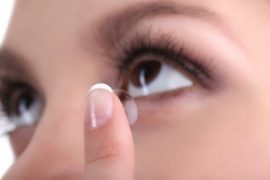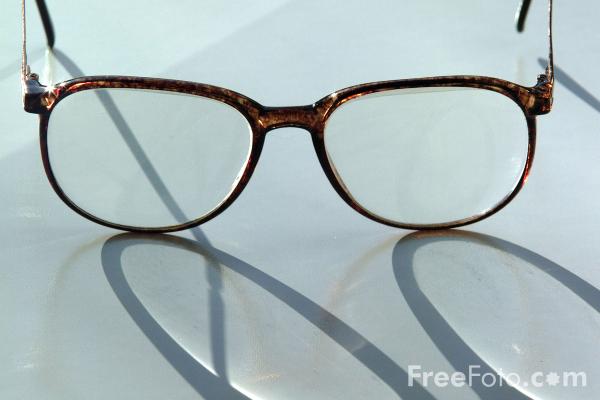Are There Other Health Risks of Wearing Contact Lenses?
An increased rate of infection is the most well-known risk of wearing contact lenses. Each year, contact-lens wearers visit doctor’s offices and emergency rooms close to 1 million times due to eye infections, often caused by improper use of contact lenses (such as leaving them in overnight or not cleaning them properly).11 Corneal abrasions, corneal ulcers, and even infections severe enough to cause blindness can occur.
It’s recommended that you cleanse and disinfect your lenses properly and use fresh lens solution each time. Don’t “top off” or reuse lens solution. Exposing the lenses to any type of non-sterile water can also be problematic, and it’s also recommended that you remove contact lenses prior to swimming and sleeping for the night. Your contact lens storage case should be replaced every three months.12
Contacts, and glasses, also serve as a filter and do not allow all 1,500 wavelengths of sunlight to pass through to your retina where they are absorbed into your brain. Wearing glasses or contacts continuously may potentially increase your risk of depression, as your brain will be deprived of many of the valuable frequencies that are in sunlight.
Going Without Glasses Might Help Improve Your Vision
Ideally, you’ll want to remove your glasses (or contacts) whenever you can safely do so. Also make sure you have appropriate lighting, especially when reading.
“The amount of light is huge,” Greg notes. “While somebody is making the transition from needing glasses to not needing glasses, things like using more light really help, like if you’re reading a book.”
The two most common eyesight conditions requiring glasses are myopia (nearsightedness, which usually appears in childhood or during teenage years) and presbyopia (a type of farsightedness that leads to reading glasses at middle age). They both are very responsive to the Bates Method, and in fact, the approach is nearly identical. If you have a mild prescription, you can simply go more and more frequently without glasses as you improve your eyesight. Of course, you should always wear glasses if they are required for driving, until you pass your vision test without them.
One of the most famous Bates Method techniques is palming. Look around and notice the level of clarity of your vision at present. Then, simply place the center of your palms over your eyes. Relax your shoulders. You may want to lean forward onto a table or a stack of pillows to facilitate relaxation. Relax like this for at least two minutes. Then remove your hands, open your eyes, and notice whether anything looks clearer. Usually, it will. Also remember that your mindset is important. With faith in yourself and your body’s self-regenerative ability, the toughest hurdle is learning to relax, so your eyes can function in accord with their natural design.



